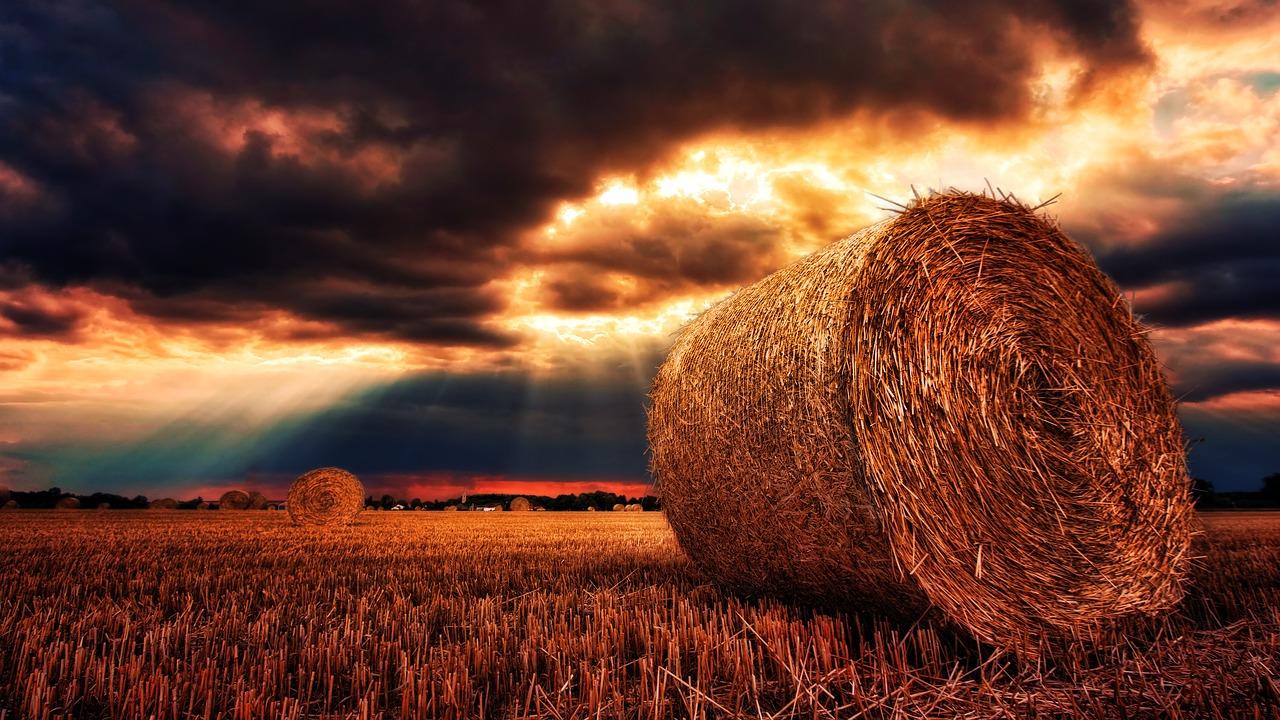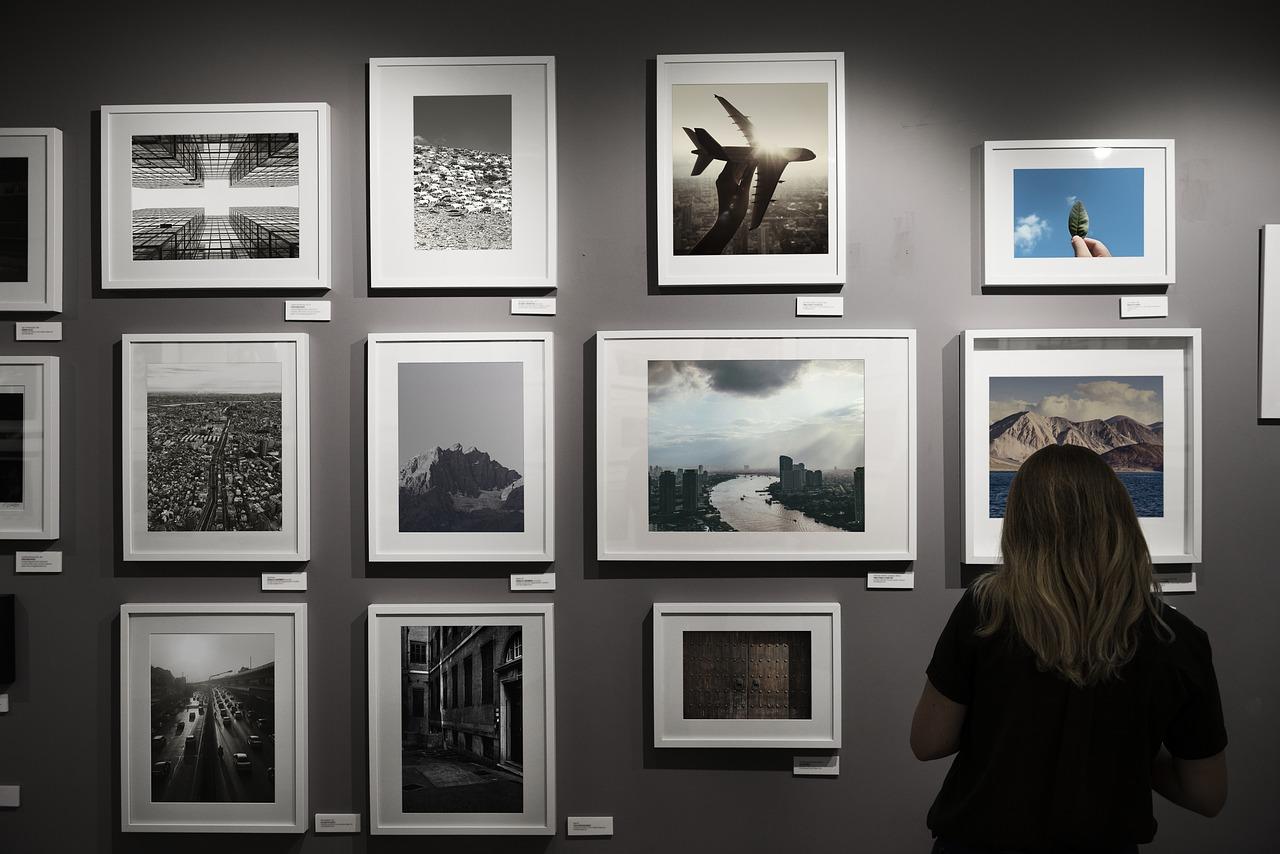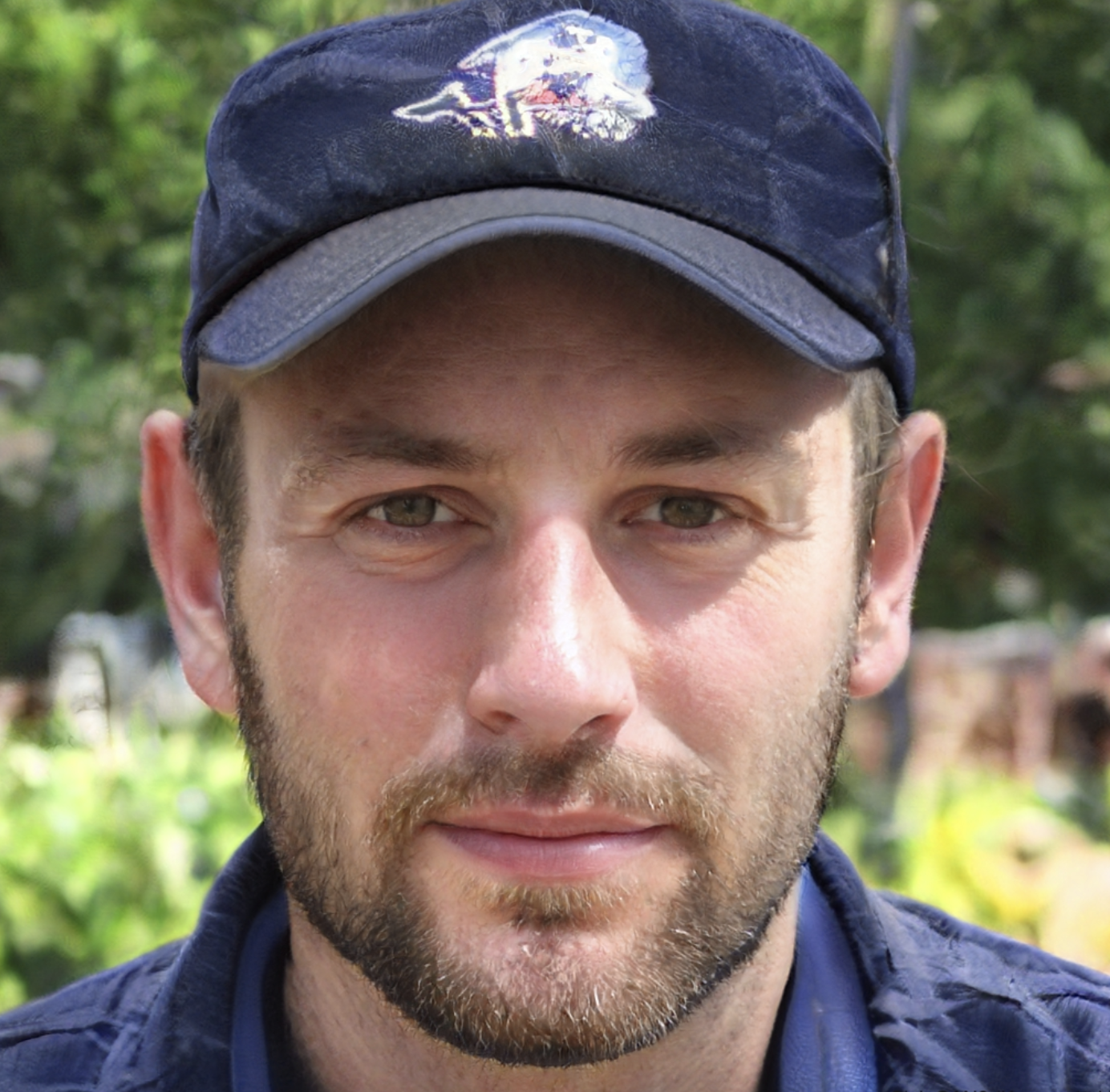Chapters
Whether you’re an advanced photographer or a complete beginner, all of the best landscape pictures you see have a few secrets in common – secrets that you can use in your own photography!
The reality of landscape photography is that not only does the outcome depend on your own photography skills, but also mother nature.
No matter how much time you spend on your landscape photographs, there are infinite possibilities when it comes to capturing spectacular scenes.
Photography is an art which is inspiring more and more people to get involved.
As brands such as Canon and Nikon continue to develop high-tech digital cameras, photography is becoming accessible to anyone who owns a smartphone.
According to an Ipsos survey, 75% of people who have an interest in photography use a compact camera or a smartphone.
On a photography course, amateur photographers have the opportunity to learn about the technical side of photography from a professional photographer. This includes learning to use a digital camera effectively by understanding aspects such as exposure, lens aperture and shutter speed.
Budding photographers can also learn about various photography styles, including food photography and photographing landscapes.
If you’d like to learn some photography tips and tricks to become a true landscape pro, Superprof is here to guide you.

What is Landscape Photography?
Just like portrait photography and photojournalism, landscape photography is a genre in its own right.
Producing a good landscape shot requires a mastery of the photography basics and plenty of practice.
But what is landscape photography all about?
Landscape photography is a type of photography where the object of the picture is the landscape itself.
This leads onto the question what makes a landscape?
Here is a simple definition given by Oxford Dictionaries:
All the visible features of an area of land, often considered in terms of their aesthetic appeal
Contrary to what you might believe, the city of New York could be the object of a landscape photograph, as an urban landscape.
The Importance of Equipment
Just because you have the latest or more expensive camera on the market, it doesn’t mean that you’ll instantly be able to produce photographs of the same quality as a professional photographer.
Search for online photography classes here.

Photographers have to make many artistic decisions when taking pictures. These may include decisions around lighting, composition, editing with adobe photoshop lightroom, camera mode, exposure and lens aperture.
Whether you’re a complete beginner or an amateur photographer, there are many tools out there to help you as you practice your photography skills when shooting landscapes.
Do you know how photojournalism has changed the world?
Composition
Composition is, without doubt, the most important element to the art of photography.
The most basic rule in composition is the rule of thirds.
The rule of thirds acts as a guide for new photographers who are just starting out.
So, what’s it all about?
The rule of thirds is about placing the most important parts of a photograph on the lines which divide the photograph into nine sections.
The imaginary frame should be made up of two vertical and two horizontal lines which cut the photograph into three equal parts.
Of course, this rule should only act as a guide and is by no means essential for every photograph.
Once you feel more comfortable using a camera and your photographic eye develops, you may even want to move away from the rule of thirds and experiment with alternative ideas.
The second question to ask yourself when thinking about composition is whether or not you need an object in the foreground.
Having something in the foreground of a photograph (such as a tree, a bus stop or a bench) can help give it depth.
Deciding on your depth of field is an important part of taking landscape photographs.
Usually, landscape photos require that the vast majority of the photo be sharp (in the foreground and in the background), so you need more depth of field than if you’re taking a portrait.
Search for photography classes near me on Superprof.

However, a short depth of field can make for a powerful tool in terms of creativity if it’s used properly. This is because it can isolate the subject whilst keeping it clear, while the rest of the image will be blurred.
The depth of field all depends on the object.
It’s useful to bear in mind that less is often more in photography.
Rise Early and Retire Late
If you’re just finding your feet in the world of photography, you’ll hear this advice from a lot of people.
Whether it’s landscape photography or another genre, good lighting is essential for a successful photo.
The best light for photographing the outdoors comes early in the morning and late on Summer nights.
This is because sunrises and sunsets make for more interesting and original scenes to photograph.
So, set your alarm for dawn and make the most of first light!

Use the Weather to Your Advantage
It’s important to consider the weather if you’re going to spend the day outdoors, however, the weather can also make for some interesting photography.
For instance, though a foggy day might not seem appealing, the fog can help create a particular ambience within a scene.
Every weather forecast is an opportunity to plan your photographs around the mood created by the weather.
Many photographers take advantage of thunder and lightning, capturing the forks as the light up the night sky.
Cloudy weather can also make for an unusual atmosphere which is well-suited to capturing striking landscapes in a moody light.
Interesting weather is a fantastic opportunity for you to add character to your portfolio.
Choosing the Right Landscape
Choosing the right landscape isn’t just about finding the perfect scenery, but finding a landscape which appeals to you.
Like any art, the art of photography is largely about channelling your emotions into your work to produce something that is pertinent to your personal view of the world.
Taking a good photograph isn’t always about technical brilliance.
One recent winner of the World Press Photo Awards is quite blurry, however, the ‘faults’ in this piece play a part in describing the scene it represents - the difficult journey of Syrian migrants.
So, photography isn’t always about producing the perfect photograph but producing one that touches you.
Use a Tripod to Help You
If you want to give yourself the best chance of capturing photographs of the best possible quality, you’ll need a tripod.
Taking photographs in low light without a tripod will mean that you will have to increase the ISO sensitivity to stop your camera from moving too much and creating noise in your pictures.
If you want to capture a scene using a slow shutter speed or long exposure (for example, to capture the movement of clouds or water), you will not be able to hold the camera still enough to avoid blurring.
Take Inspiration from Others
In order to develop your artistic eye, it is strongly advised that you visit exhibitions and galleries as often as you can.
Looking at the work of other photographs, amateur or professional, can help you view your own work in context and continue to develop your personal style.

However, this doesn’t mean that you should copy other photographers.
You should only be looking at their various styles and taking inspiration to find your own style.
Exhibitions aren’t the only source of inspiration. With the internet, there is now more material than ever to take inspiration from.
So, why not have a look on Pinterest or follow some new accounts on Instagram to get started?
Learn to Observe
It’s important that you take your time with landscape photography.
Learning how to observe the scenery and lighting is essential. By taking your time, you will learn how to better frame your photographs.
But technique isn’t everything.
If you take online photography courses or attend other photography classes, you’ll learn the basics of photography, including:
- Depth of field
- Sharpness
- White balance
- Wide angle shots
- Manual and auto modes
- Shutter speed
- Aperture
Whether you’re working with a film or digital camera, the key to a successful day of shooting is patience.
Attending photography courses near me, regardless of your experience, will give you the means to take your work to the next level and develop as a photographer. Photography workshops and tutorials are designed to help you master the fundamental elements of using a camera as you learn how to shoot great photos.
Enjoy yourself!
The very last important piece of advice for budding photographers is to have fun!
Just as with your emotions, your photographs will be less appealing if you don’t put your heart into it – so, forcing yourself to take photographs isn’t worth anything if your heart’s not in it.
And try to break free from the technical rules of photography sometimes.
To learn about other genres of photography, read our blog about humanist photography.















